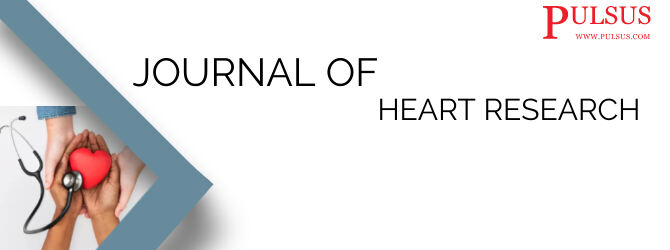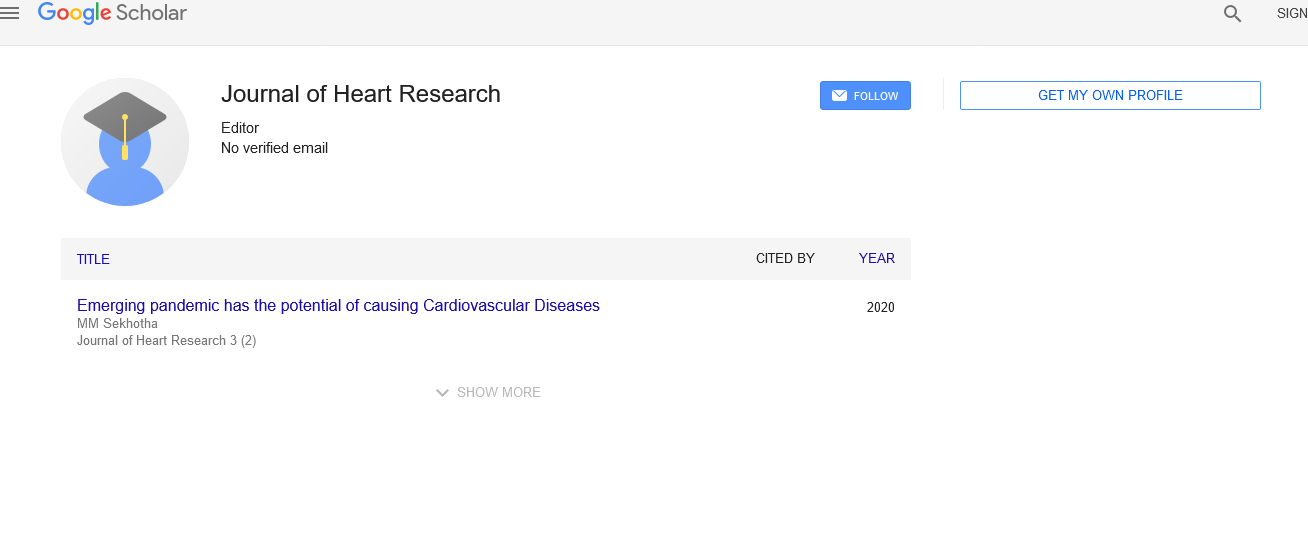
Sign up for email alert when new content gets added: Sign up
Abstract
Benefits and drawbacks of telecardiology
Author(s): Albert John*Telecardiology is one of several health information technology applications that have historically presented a number of difficulties. Succession adoption of these strategies might result from recognizing these issues and making a strategy to deal with them. The objective of this investigation was a list of telecardiology's benefits and drawbacks, as well as information on both using the outcomes, provide strategies for its effective implementation.
Modern medicine employs telecardiology to diagnose and treat heart problems at a distance using the power of telecommunications. This covers arrhythmias, congestive cardiac failure, abrupt cardiac arrest, and both chronic and acute coronary heart disease. In this instance, doctors and other healthcare professionals use electrocardiographic data that is remotely relayed in real-time for expert interpretation. People who live in rural areas can now obtain specialized care. In order to accomplish this, wireless or satellite networks may now be set up more easily and affordably thanks to advances in technology. It is advised that telecardiology systems be utilized more frequently to deliver healthcare services to remote and rural locations as well as those lacking specialists. Preliminary research is necessary due to the difficulties in successfully implementing telecardiology, including feasibility studies, acceptability studies, and first pre-implementation assessments.
The benefits of telecardiology were broken down into eight major categories: streamlining the delivery of healthcare, improving medical education, and healthcare quality, raising HCP performance, cutting costs, making healthcare services available and accessible, managing data, and monitoring patients. In addition, the obstacles to implementing telecardiology were broken down into six categories: the nature of the cardiac illness, human resources, difficulty with Information Technology (IT), issues with wearable technology, and ambiguity of outcomes.
Full-Text | PDF




